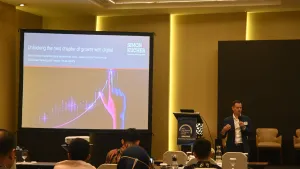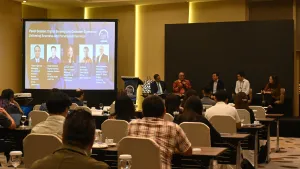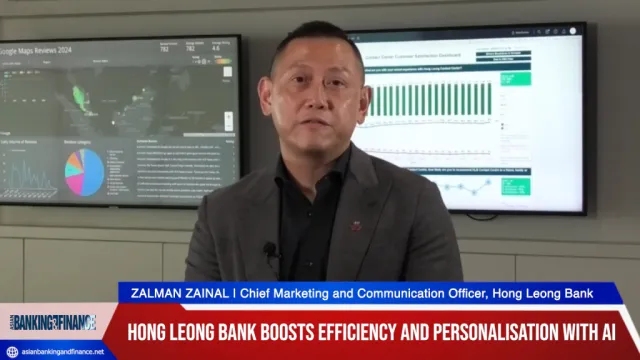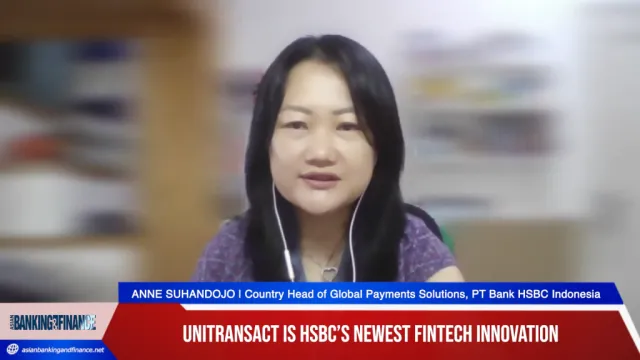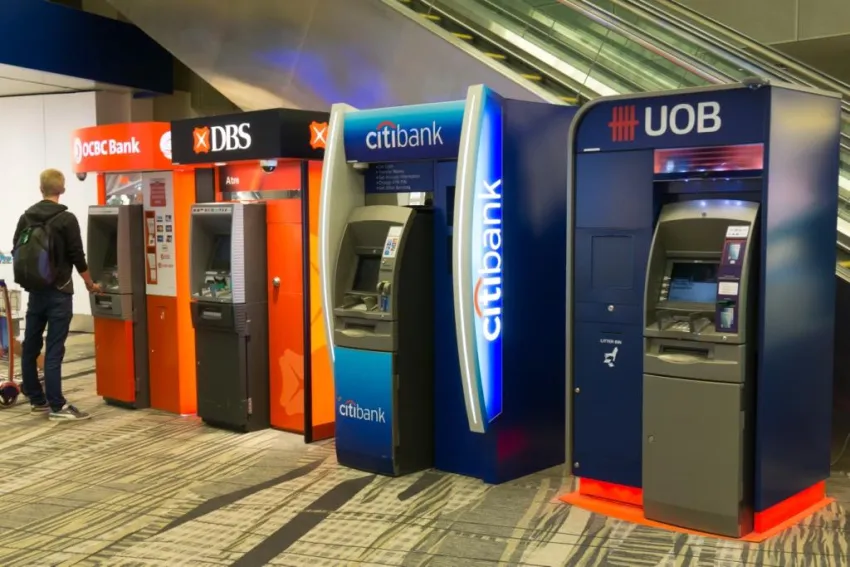
Are Singapore banks' asset quality woes finally over?
New non-performing asset formation rates fell in Q4 2016 from their peaks in Q2 2016.
Moody's Investors Service says that the full year and Q4 2016 (October-December 2016) financial results of the three largest banks in Singapore by assets reveal a further decline in profitability and mixed asset quality performance, but pressure on credit costs and net interest margins (NIMs) should subside in 2017, providing support to profitability.
"The continued asset quality challenges at DBS Bank Ltd. and Oversea-Chinese Banking Corp Ltd are in line with our expectations, and were mainly driven by their exposures to the embattled oil & gas service industry," says Eugene Tarzimanov, a Moody's Vice President and Senior Credit Officer.
"By contrast, asset performance at United Overseas Bank Limited has improved, and was better than we had expected, driven by fewer new nonperforming loans (NPLs) related to the oil & gas industry, as well as recoveries and write-offs," adds Tarzimanov.
Moody's conclusions were contained in a just-released report on banks in Singapore, "Banks - Singapore: Full Year and Q4 2016 Results Reflect Mixed Asset Quality and Lower Profitability".
Here's more from Moody's:
Moreover, return on assets continued to decline for the three banks in 2016, due to elevated credit costs and weaker revenue growth, with revenue pressured by NIM compression. The banks' asset quality and profitability challenges were key drivers behind our downgrade of their baseline credit assessments in December 2016.
"Despite these challenges, the three banks' loss-absorption buffers have remained robust; specifically, they recorded higher fully loaded Common Equity Tier 1 ratios (CET1) during 2016 — due to slow growth in risk-weighted assets (RWAs) — which provide support to their very high credit ratings," says Tarzimanov.
While we expect asset quality challenges posed by the troubled oil & gas service companies to persist over the next few quarters, we note that new non-performing asset formation rates fell in Q4 2016 from their peaks in Q2 2016, signaling a potential stabilization in asset quality metrics for the banks in 2017.
Furthermore, even if oil market conditions deteriorate, we see the banks as more resilient in coping with such a situation, because many weak firms in the oil and gas service industry have either already defaulted, or restructured their liabilities. The banks had also mostly trimmed their exposure to oil & gas service companies during 2016, and related loans now represent only 2% of their total loans.
Outside their oil & gas exposure, the quality of the banks' remaining loan portfolio, including their regional exposures, was fairly stable in 2016.
As for events overseas that will affect the banks, we expect around three interest rate increases by the US Federal Reserve Board in 2017. This development will have a pass-through effect on interest rates in Singapore through the currency channel. According to the banks in Singapore, the pass-through effect could be in the 40%-60% range.
Capital strengthening measures — such as the application of scrip dividend schemes where shareholders receive shares instead of cash dividends — will also help the banks maintain their current capital levels. We note that DBS and UOB will offer scrip dividends for 2016.
Moreover, the banks have indicated that the incremental increase to RWAs resulting from the impending changes to Basel regulatory rules (Basel 3.5) would be fairly small. DBS and OCBC have indicated that the changes will result in an increase in RWAs of around 2%-4%, while UOB has put the impact at less than 1%.






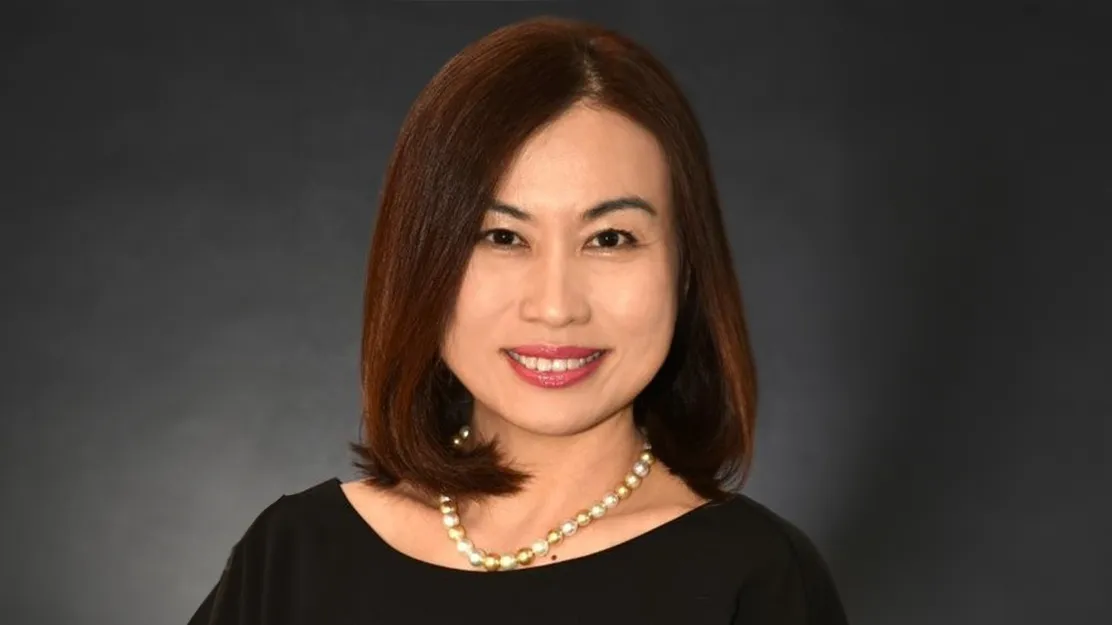


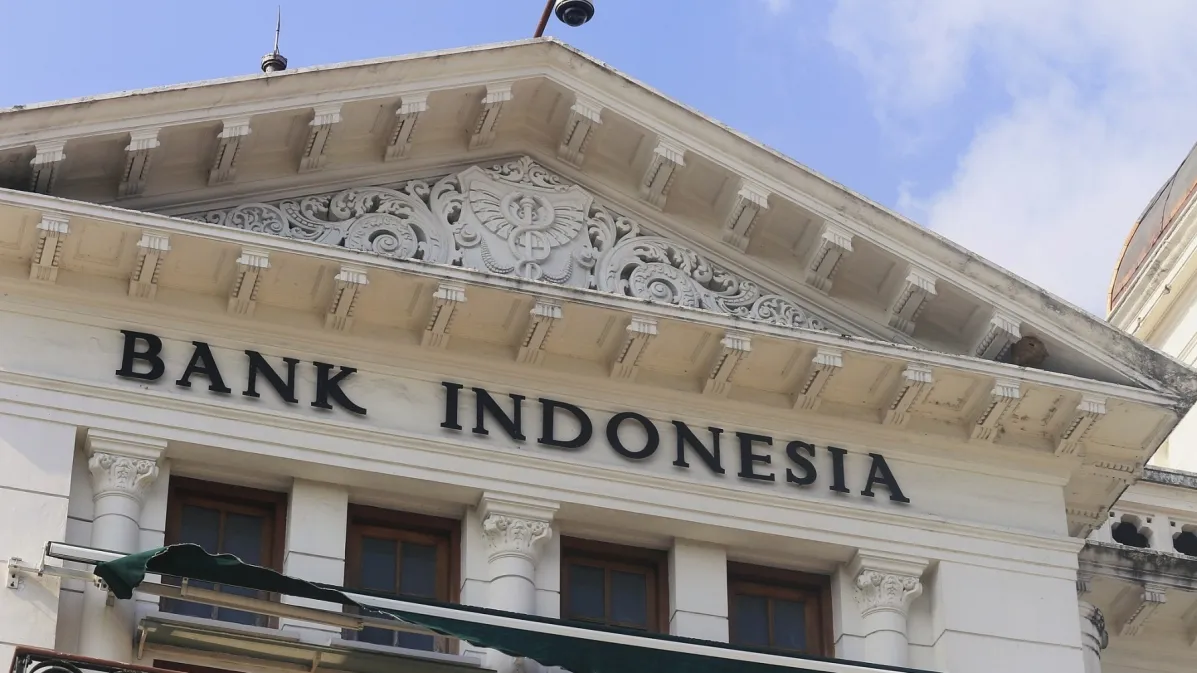
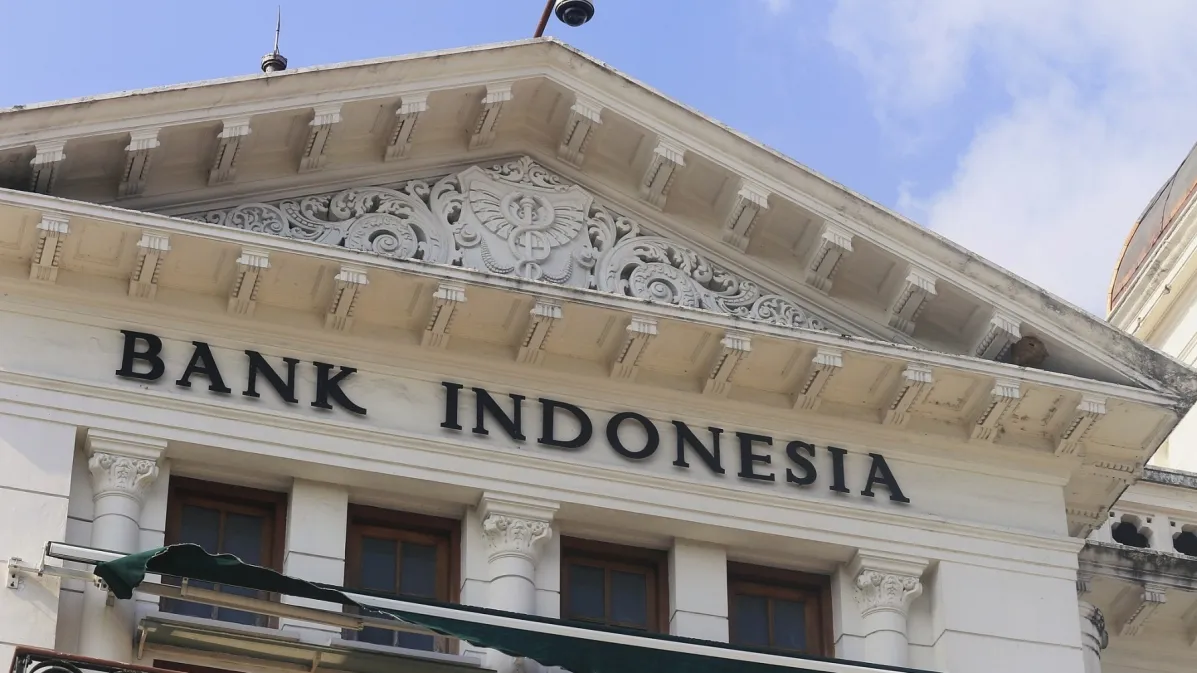

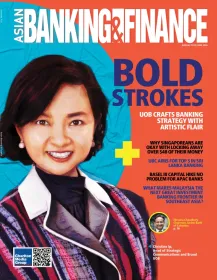
 Advertise
Advertise

